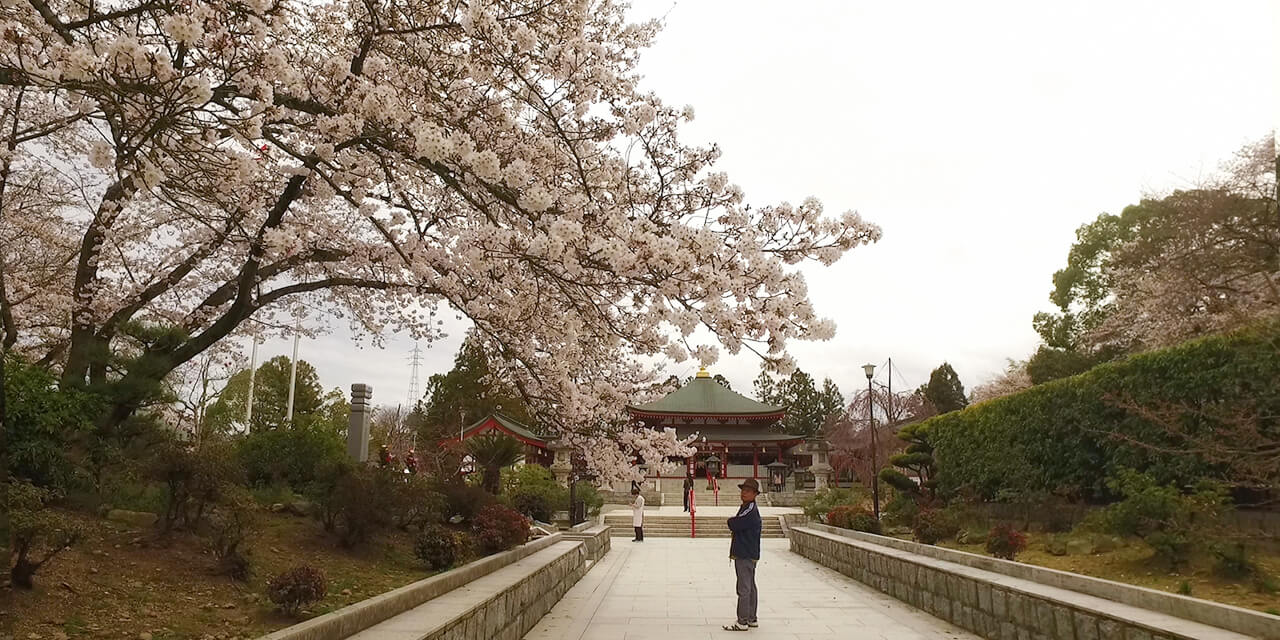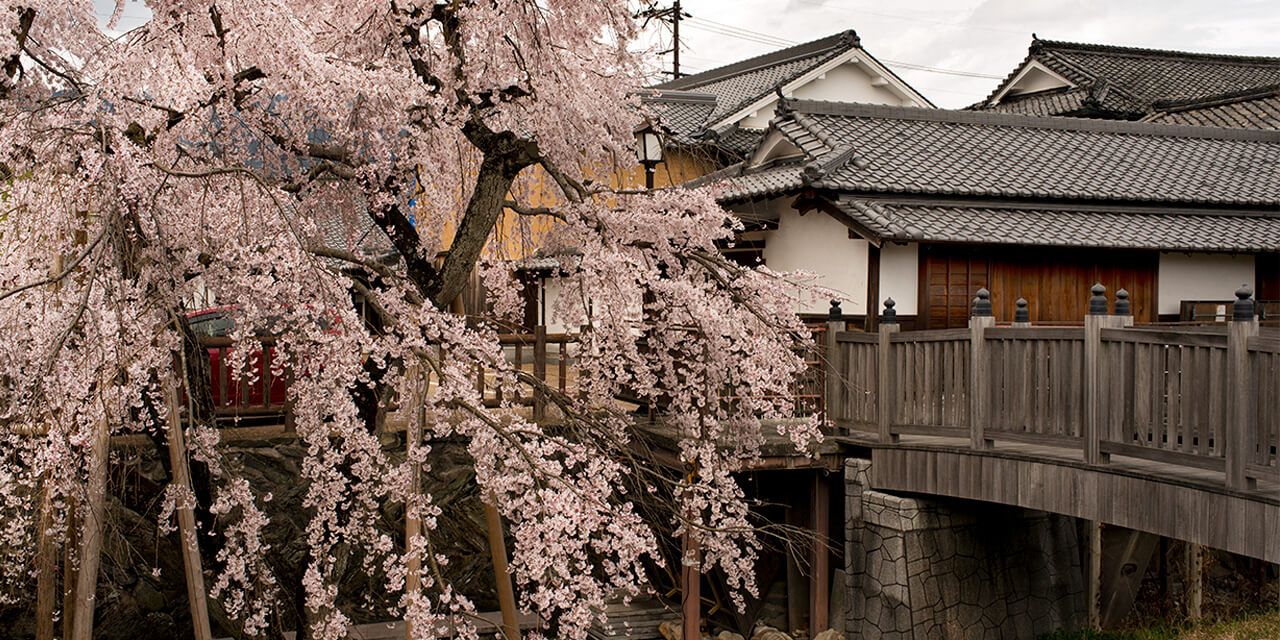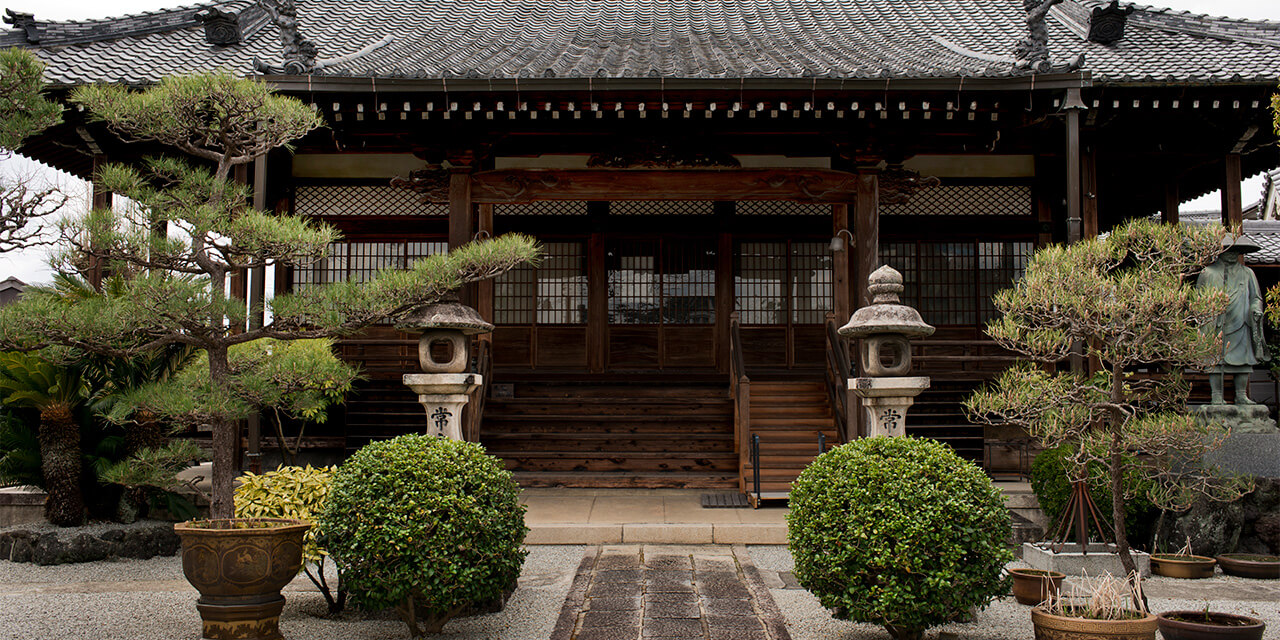May 29, 2017
Discovering Gojo-Shinmachi
So where exactly was Gojo-Shinmachi? To find the answer, I jumped on a train from Kyoto that headed south toward Yamato Sanzan, three mountains well-known in the history of Nara. I discovered landscapes with wild cherry blossoms, fields of persimmon, and perfectly aligned roof tiles. The world of the Manyoshu, the “collection of ten thousand leaves,” was parading fast through the train window. What could I expect in the discreet region of Nara?
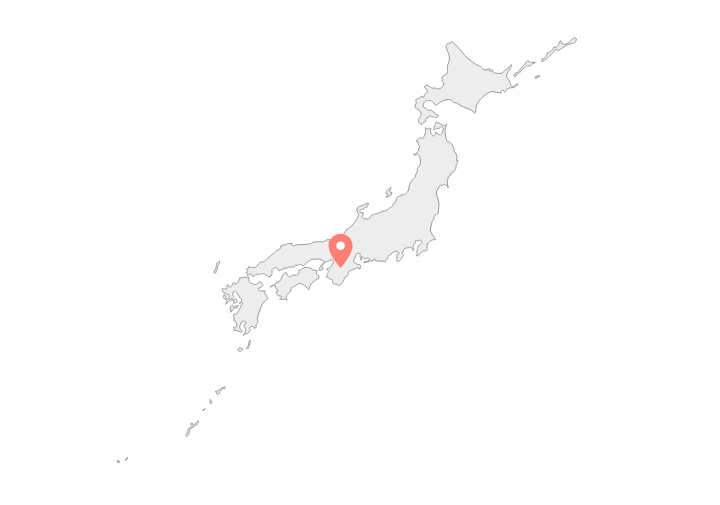
When I got off the train at Gojo station on the JR Wakayama Line, Mr. Kitayama, the kind owner of Yanaseya, was waiting for me. The inn wasn’t far from the station; just a 15-minute walk through a calm and dated neighbourhood.
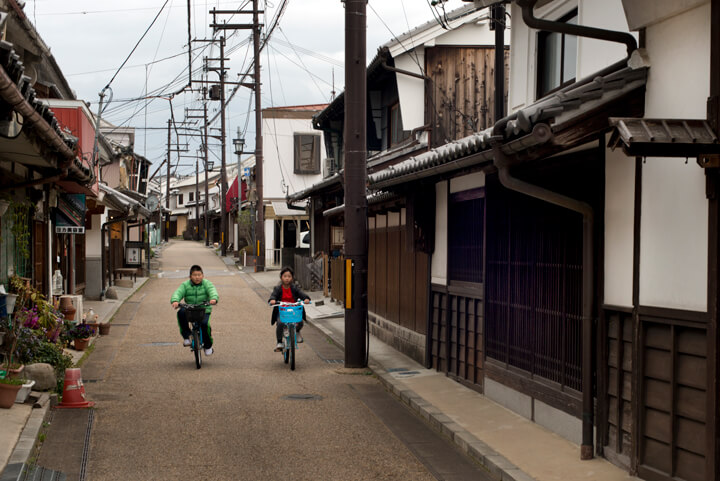
But instead of heading directly to the inn, there were several interesting spots to visit in the town of Gojo.
Eisan Temple
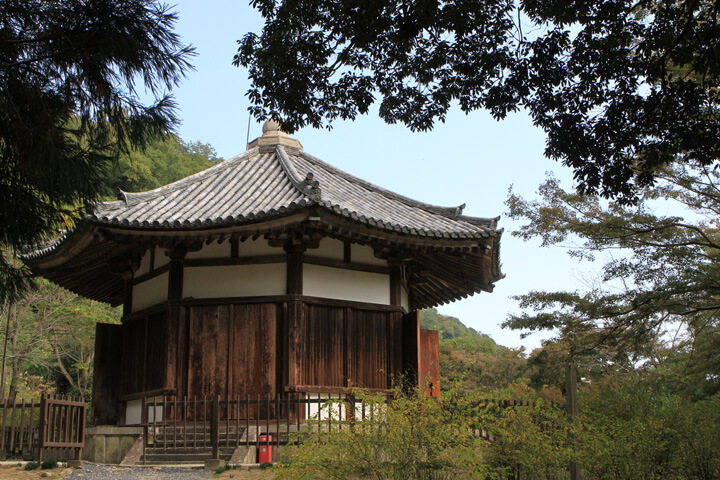
Situated along the Yoshino River, this Buddhist Shingon temple is listed as a UNESCO world heritage site. The octagonal Hakkaku-do (760-764), the main building, dates back to the Nara period, and Eisan-ji Bonsho houses a bell made in Kyoto in 917. How rare it is to be able to admire architecture from such an ancient era!
Gojo Daikansho
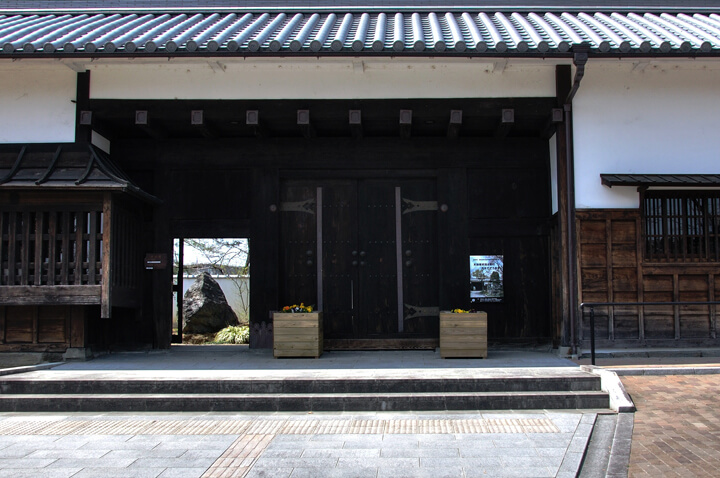
During the Edo period, Daikansho served as Gojo’s town hall and courthouse. It was the kind of place where criminals were tied up in rope and dragged, like in the history dramas we see on Japanese TV.
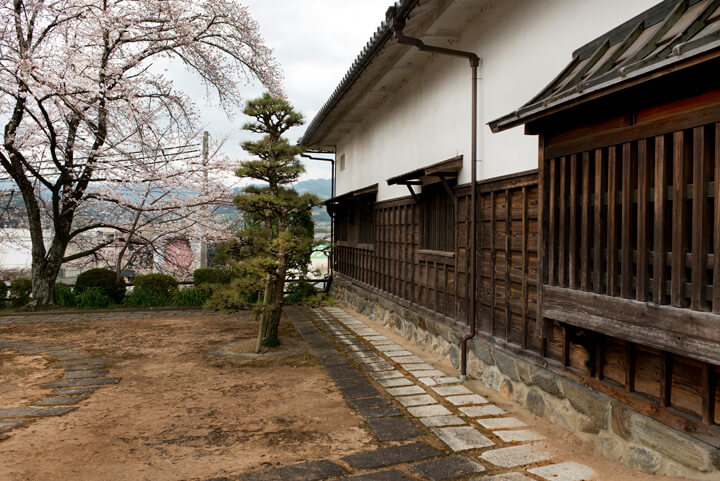
Daikansho was set on fire by the Neo-Confucianist group Tenchu-gumi in 1863, then rebuilt the following year. With its heavy and imposing door, the building is a wonderful example of the Meiji Restoration style. Inside, there is a small museum recommended for history buffs who love this era. Admission is free.
Nyoi Temple of the Benten Sect
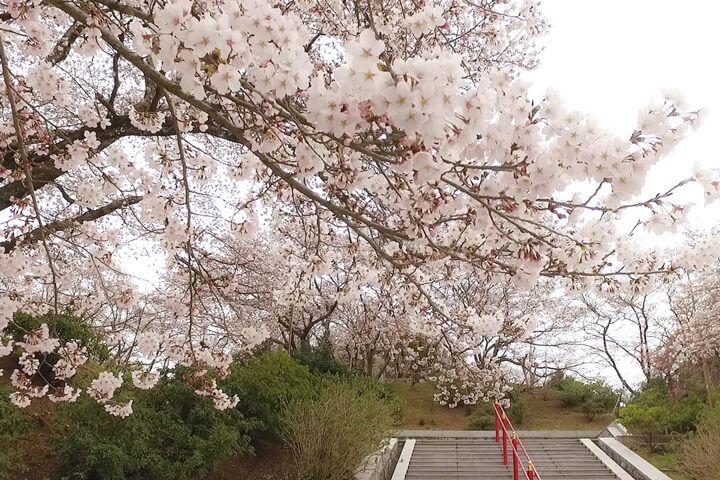
Being early April, the cherry blossoms were in full bloom, and the town was crowded. The landscape changed as we walked up the stairs.
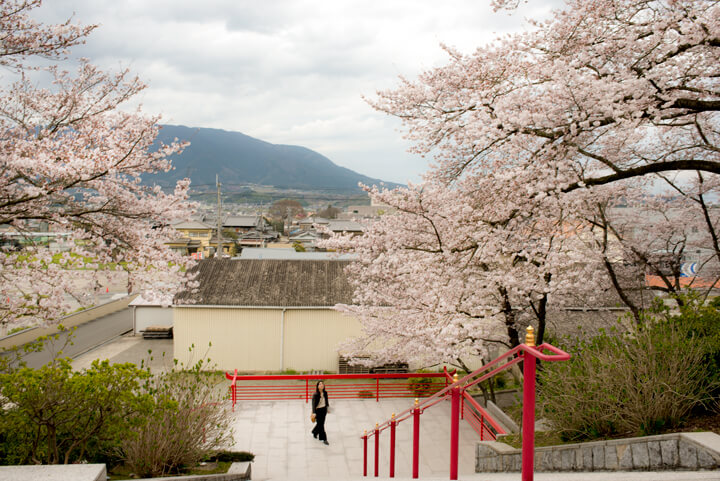
Atop the hill sat Nyoi Temple, where a panorama spread, splendid with the contrasting colours of cherry blossoms and the mountains in the background.
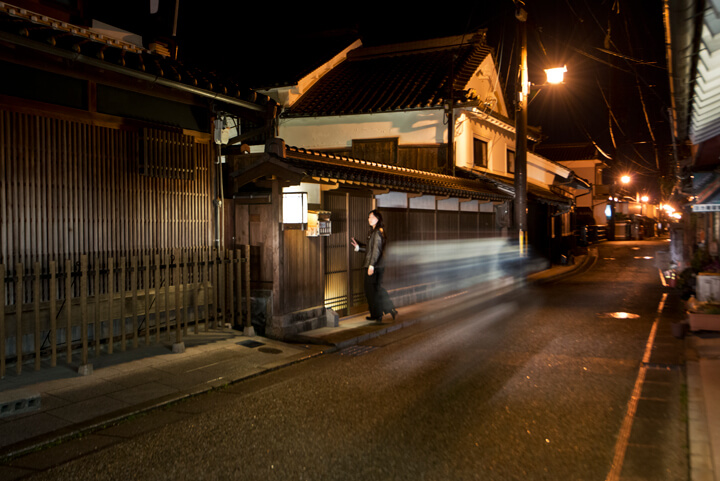
As night fell, we arrived at Yanaseya, an old house from the Taisho era, entirely renovated and transformed into a luxurious guesthouse. As we passed through the gate, Mr. Kitamura pointed out the Kura to my left, and the Hanare to my right.
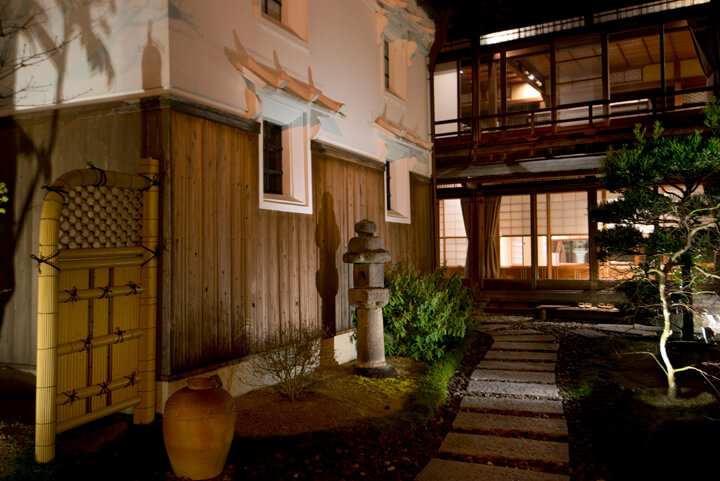
Turning the impressive key and opening the massive, ancient door of the Kura, I was surprised to discover a modern interior, which was completely unexpected from the outside.


The space of the living room was amplified by the high ceiling; upstairs, there was a charming attic with bare beams and a comfortable bathroom.
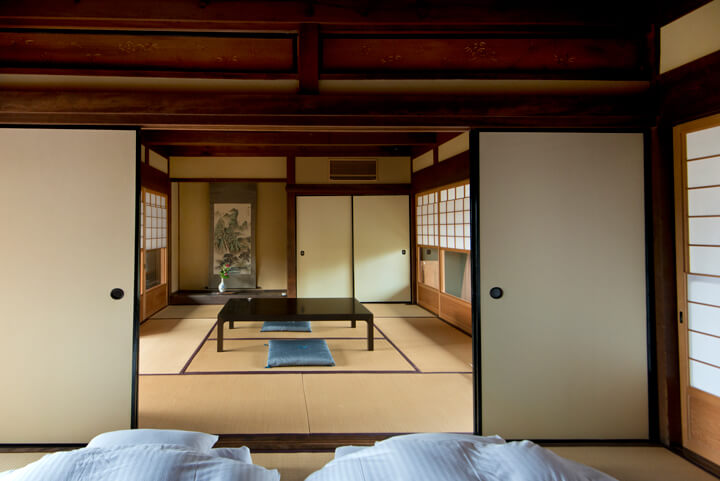
On the first floor of the Hanare, there were two beautiful traditional tatami rooms. Upstairs, there was a modern living room with a view of the garden, and a bathroom with a large wooden bathtub made of hinoki, Japanese cypress, whose delicate scent was soothing.
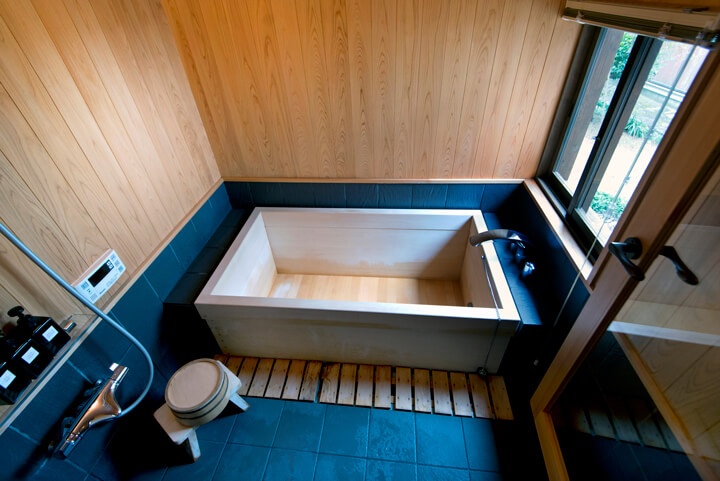
Close to the guesthouse, there was also an onsen, a public bath with hot spring water, called Kongo-no-yu. A short walk to Kongo-no-yu in the evening provided a typical Japanese experience that was also very relaxing.
Eisan Temple (Entrance fee: 400 yen)
Address: 503 Kojima-cho, Gojo-shi, Nara Prefecture
Gojo Daikansho (Free entrance)
Address: 3-3 Shinmachi, Gojo-shi, Nara Prefecture
Nyoi Temple of the Benten Sect (Free entrance)
Address: 4-6-25 Noharanishi, Gojo-shi, Nara Prefecture
 01日本語
01日本語 02English
02English




